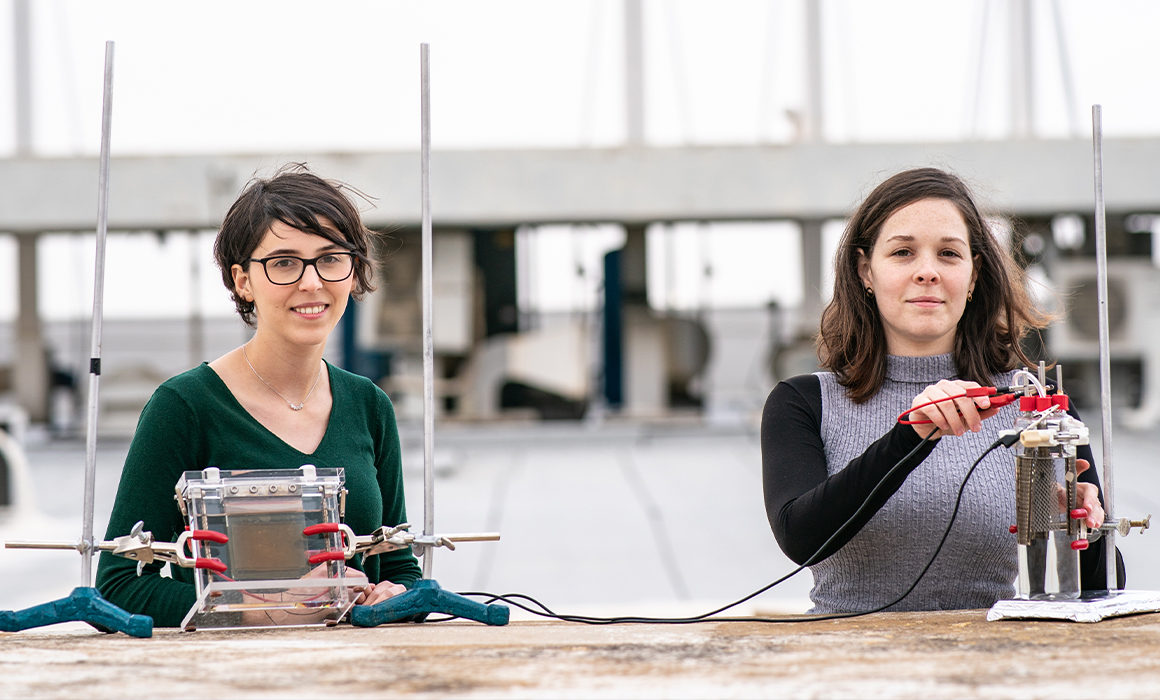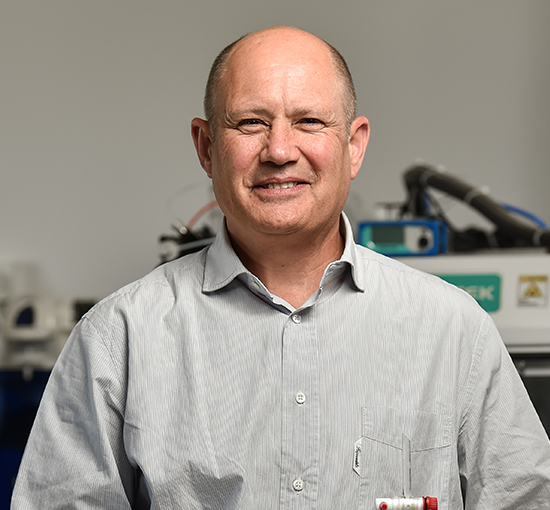Breakthrough: Technion Researchers Develop First Solar Energy System for Hydrogen Production

Researchers at the Technion have developed a prototype system for efficient and safe production of hydrogen using only solar energy. Their findings were recently published in the journal Joule.
Hydrogen: The building block of a greener future
Hydrogen is a highly sought-after material in many areas of our lives. Most of the hydrogen generated today is used to make ammonia for the production of fertilizers that are essential for modern agriculture. Hydrogen is also a leading alternative fuel source, particularly for automotives, because:
- it can be generated from water using green energy such as solar energy, reducing dependence on mineral fuels and dependence on countries rich in oil reserves;
- hydrogen production from water allows us to store green energy, which may not be available all hours of the day;
- unlike diesel and gasoline engines that emit large amounts of air pollution, the only byproduct of hydrogen engines is water.
Yet producing hydrogen in a sustainable way has been a challenge. Today, most of the world’s hydrogen is produced from natural gas. This process emits carbon dioxide (CO2), whose environmental damage is well known.
An alternative method, electrolysis decomposes water into hydrogen and oxygen. Yet up until now, not many electrolysis technologies had been developed, hindering the widespread use of hydrogen as a fuel source.
A new path forward
One method of electrolysis uses the sun’s radiation to break down water into hydrogen and oxygen. But there are risks: If the broken-down hydrogen and oxygen interact, they can explode. And in large-scale solar fields, it is very difficult to produce hydrogen in this configuration.
Technion researchers set out to find a way to safely and sustainably produce hydrogen in sufficient quantities to meet our global demand.
Their innovative system is a continuation of their earlier theoretical breakthrough: Instead of one production cell where the water is broken down into hydrogen and oxygen, the researchers developed a system where hydrogen and oxygen are formed in two completely different cells, avoiding potential explosions.
In their newest study, the researchers turn theory into reality, developing a photoelectrochemical prototype system that produces hydrogen and oxygen in two separate cells using only sunlight.
The system uses a tandem cell solar device. Some of the sun’s radiation is absorbed in the upper layer, which is made of semi-transparent iron oxide. The radiation that is not absorbed in this layer passes through it and is subsequently absorbed by a photovoltaic cell. Together, the two layers of the system provide the energy needed to decompose water.
The researchers hope that academics and industry will continue and advance the system into a commercial product.
The study was led by doctoral student Avigail Landman of the Grand Technion Energy Program, together with master’s student Rawan Halabi from the Faculty of Materials Science and Engineering. The study was conducted under the joint guidance of Professor Gideon Grader of the Faculty of Chemical Engineering and Professor Avner Rothschild of the Faculty of Materials Science and Engineering, in collaboration with Professor Adélio Mendes and Dr. Paula Dias of the University of Porto in Portugal.
The research was supported by the Nancy and Stephen Grand Technion Energy Program (GTEP), funding from U.S. donor Ed Satell, the Adelis Foundation, Ministry of Energy and the European Commission (two ERC grants), and the National Science Foundation PAT Excellence Center.
